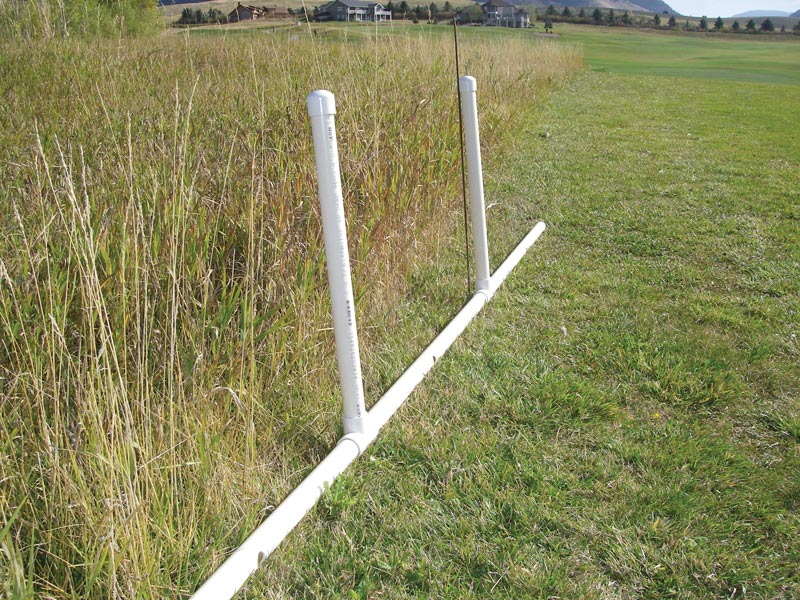Comprehending Vole Lawn Damage and Exactly How to Fight It
Comprehending Vole Lawn Damage and Exactly How to Fight It
Blog Article
Comprehensive Overview to Efficient Vole Bug Control: Problem Recognition and Therapy Techniques
In the world of efficient parasite control, vole problems pose an one-of-a-kind difficulty that demands a tactical method. These little rats, commonly mistaken for computer mice, can ruin gardens, lawns, and plants if left untreated. Determining the indicators of vole presence and applying targeted therapy methods are crucial components of an effective bug monitoring plan. By exploring the subtleties of vole behavior, understanding crucial indications of infestation, and reviewing a series of control alternatives, one can create a comprehensive method to fight these elusive bugs.
Understanding Vole Actions
Vole habits is defined by their tunneling routines and fast recreation prices, making them a tough insect to manage effectively. These tiny rats commonly produce detailed passage systems underground, using them for shelter, food storage, and transport. Voles are herbivores, taking in a range of plants, bulbs, roots, and yards, which can create significant damage to gardens, orchards, and yards. Their rapid reproductive price additional complicates control initiatives, with females efficient in creating numerous litters in a single year, each including a number of children.
Comprehending vole behavior is vital for effective bug control techniques. By identifying their burrow places, monitoring feeding locations, and implementing targeted control techniques, such as capturing or habitat adjustment, vole invasions can be taken care of efficiently.
Indications of Vole Problem

Avoidance Techniques
Executing efficient prevention techniques is vital in minimizing vole infestations and protecting plants from their devastating feeding habits. To stop vole problems, it is crucial to begin by eliminating potential food resources and sanctuary.
On a regular basis checking the residential property for signs of vole activity, such as paths and delve openings, is important for early detection and timely activity. If vole activity is believed, consider utilizing catches or repellents purposefully placed near their pathways.
Non-Lethal Control Techniques
To properly manage vole populaces while prioritizing gentle methods, non-lethal control approaches supply sensible remedies for lowering vole damages in landscapes and yards. These barriers can be hidden at the very least 12 inches bent and deep at a 90-degree angle to avoid voles from burrowing below.

Lethal Control Options
One efficient approach for addressing vole infestations in landscapes and gardens involves the strategic usage of deadly control choices. When faced with a severe vole problem that non-lethal techniques have failed to contain, applying deadly control steps becomes crucial. On the whole, when using lethal control alternatives, it is vital to do so sensibly and in conformity with local laws to successfully manage vole problems.
Final Thought
To conclude, reliable vole insect control calls for an extensive understanding of vole actions, identification of signs of invasion, implementation of avoidance strategies, and application of both non-lethal and deadly control methods. By incorporating these methods, people can efficiently take care of vole populaces and protect their residential property from damage. It is very important to attend to vole invasions promptly to stop further concerns and lessen the impact on the surrounding atmosphere.
Offered the elaborate passage systems and quick reproduction rates particular of voles, identifying the signs of vole invasion comes to be important in efficient parasite control. One of the primary signs of vole existence is the visibility of surface runways or tracks in yard or snow, generally regarding 1-2 inches read this vast, created as voles travel between their burrows and food sources.To successfully take care of vole populations while prioritizing humane techniques, non-lethal control approaches offer useful options for lowering vole damages in gardens and landscapes.One effective technique for addressing vole invasions in landscapes and yards entails the critical use of lethal control choices. vole control.In conclusion, effective vole insect control needs an extensive understanding of vole habits, identification of signs of invasion, application of prevention strategies, and usage of both lethal and non-lethal control methods
Report this page